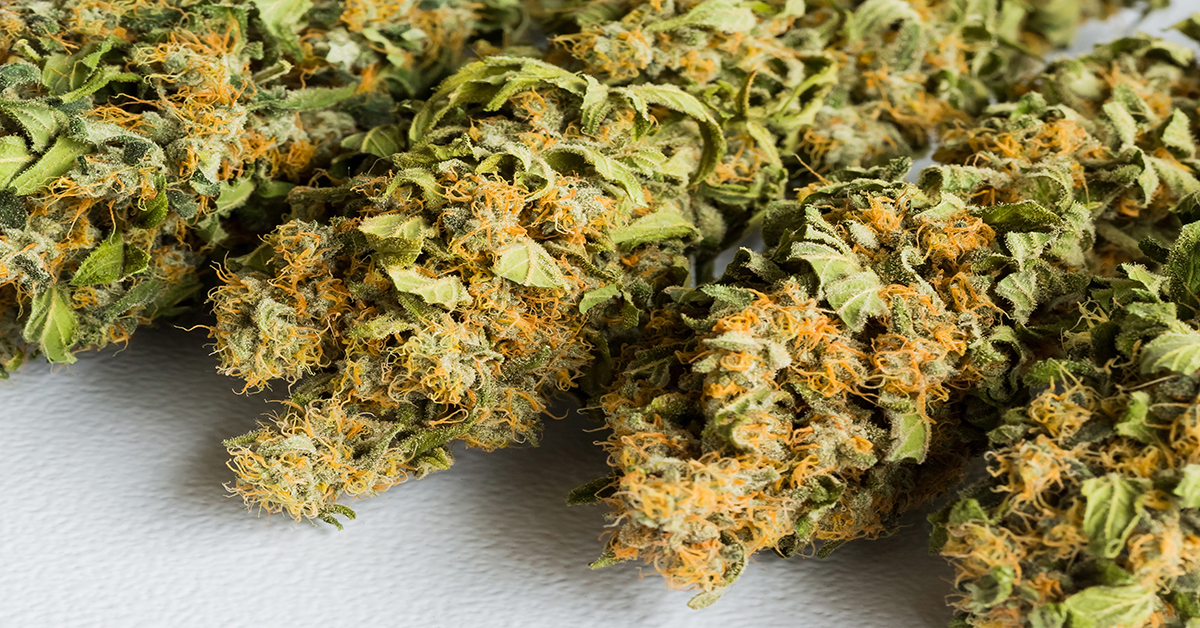The evolving cannabis industry often finds a need for evolving enviroment controls to maintain consistent yields
Growing a cannabis crop at an indoor facility can provide consistent and healthy yields all year long, even in the most brutal outdoor climates.
But just because a facility has bricks and mortar doesn’t necessarily guarantee a grower’s success. In addition to the extreme heat and moisture loads within a facility’s grow rooms, humidity along with external elements such as airborne dirt, pests, mold spores and disease also have a greater chance to affect an indoor cannabis space without the proper systems and procedures in place to mitigate those risks.
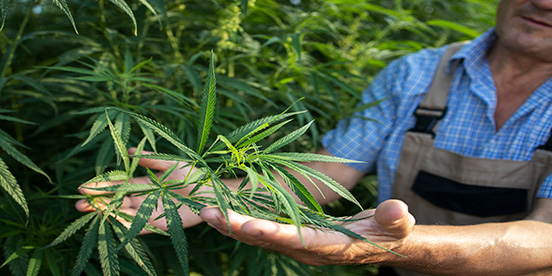
“The outside environment wants in—that never stops,” said Joe Cavallero, the chief technology officer for Sacramento, Calif.-based Nimbus Cannabis, where the team takes a data-driven approach to tackling environmental control.
The importance of proper filtration rivals that of grow-room cleanliness when it comes to keeping outdoor elements outside, Cavallero said.
“The outdoor environment is always one of the biggest challenges for every indoor cultivator,” he said. “You can put an indoor [cannabis] facility anywhere, but if you don’t have the right environmental controls in place, you’ll always be playing catch-up.”
At Nimbus, Cavallero and the team utilize multi-tier movable racks to maximize the canopy within their cultivation space. With two levels of LED arrays stacked vertically, the Nimbus team effectively turned 638 square feet of space into roughly 1,000 square feet of canopy for each of its cultivation rooms.
When they made the transition from traditional high-pressure sodium (HPS) lighting to LED, an up-front cost of $500,000 for the new lights was only the beginning of the conversation. Doubling cultivation canopy square footage through multi-tier LEDs meant having to balance HVAC systems from working against each other and using data to max out efficiency and keep costs down, Cavallero said.
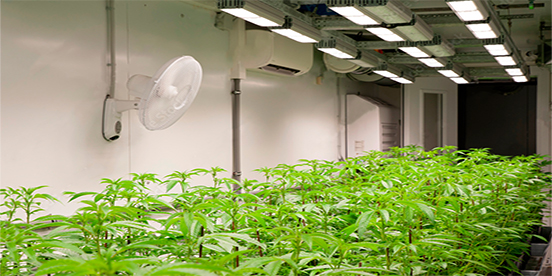
The host of new challenges furthered Nimbus’ relationship with Quest, a manufacturer of some of the cannabis industry’s most efficient commercial and industrial dehumidifiers on the market.
“We’ve always had a great relationship with [Quest],” Cavallero said. “Their units are … purpose-built for what we’re doing and help us get our consistent quality and potency that our customers have come to expect from us at this point.”
That relationship has evolved to the point where Nimbus is now testing a Quest pilot unit, which won’t be officially released until Oct. 20. Cavallero said the Nimbus team uses the unit in a flower room, where it especially puts in work during the late flowering cycle, especially at night when humidity becomes the most intense.
While Nimbus’ entire crop comes from individual tissue-culture plants, which the team allows to “veg in place” to lower stress points, Cavallero said he believes the new Quest unit would also do well in certain vegetative-specific rooms. Generally, vegetative rooms are kept at a higher humidity for optimal results, but in an environment where ambient humidity is extremely high, say greater than 90%, for example in Florida, this unit would do well in that scenario, he said
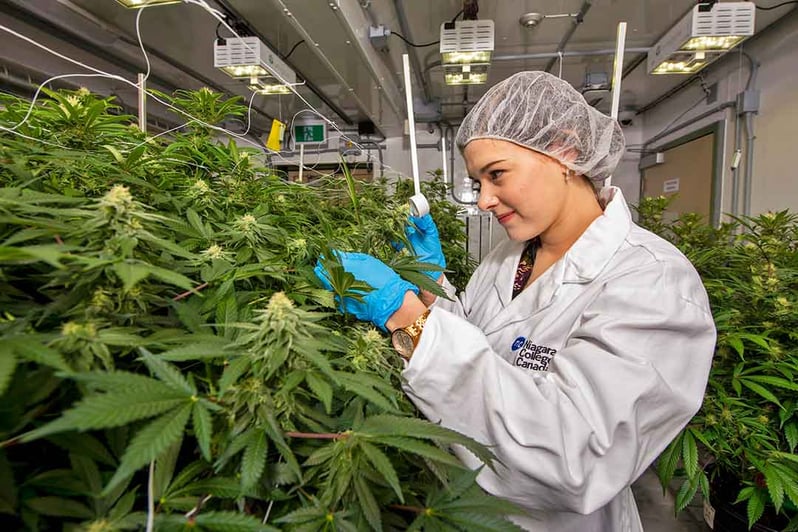
“We had space and power constraints for the room we’re using it in, and it’s impressively efficient at that small, manageable size,” Cavallero said. “We really like what we’ve seen with it so far. We couldn’t install it in a traditional manner because we do multi-tier mobile racks, so we did an inline duct installation and that allowed us to add it without changing any of our existing configuration, which was great.”
The new Quest unit’s efficiency and low amp draw were key to solving the room’s humidity problems given the facility power constraints, Cavallero said.
“And we liked that we could put it in-duct,” he said. “You go any bigger than this unit and it’s going to be hard to go put it on your service deck in line with your ducting.”
Temperature and humidity are major players in environmental controls, but proper airflow with intelligent distribution throughout a grow room is what allows the leaf of every plant to breathe, to get rid of the oxygen around the leaf and to absorb more CO2 to make sure that transpiration is happening, and that locally deficient vapor-pressure deficit (VPD) is avoided.
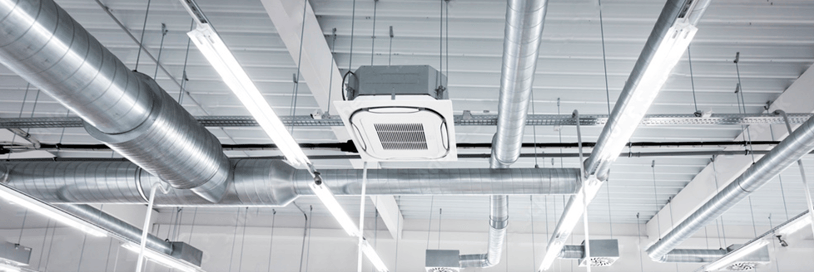
The challenges come when growers try to maximize their space for higher yields. More plants and vertical racking systems mean more obstruction to airflow, which in turn can create microclimates.
“If you don’t get dehumidification in some back corner on a rack, that’s going to be a huge pain point,” Cavallero said. “It could ruin that whole area of the room’s crop with that humidity being too high.”
Properly maintained ductwork and adequate air circulation in a grow room work in tandem to stabilize humidity and temperature to help mitigate those risks, he said.
“If we have a system that gives us what we want, we’re no longer at the mercy of our environment,” Cavallero said. “Instead, we’ve created the environment every step of the way. With so many different strains, there are very different needs for each to maximize yields and potency.”
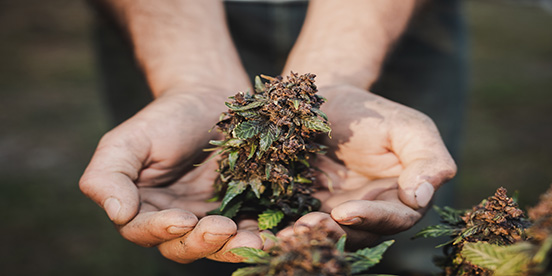
The team at Nimbus is hyper-focused on high-terpene potency, he said.
“We really love it when we see like 4 or 5 percent terpenes coming off of our plants,” Cavallero said. “And we see that pretty often with our current set-up. And we couldn’t do that if we had rooms that were fluctuating wildly in temperature and humidity. So, [stability] has proven incredible results.”
A building management system also allows Nimbus to monitor and run a tight ship on its environmental control, Cavallero said. When indoor operators can reduce temperature and humidity fluctuations down to a fraction of a degree or percentage point, then it allows growers to focus on the plant and use data to perfect recipes for the strains they want to grow, he said.
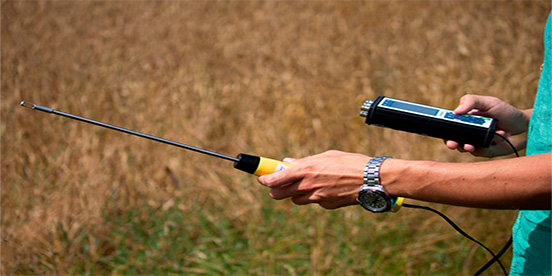
Seasonal changes outdoors can often drive those fluctuations indoors when an HVAC system does not align with the specific needs of a facility or grow space. But no matter the season, indoor operators always have to maintain their units to keep them working properly, Cavallero said.
“Even on the nicest day of the year, when it’s … a perfect day, it’s 75 degrees outside and it’s 35% humidity, even on that day, if our dehumidifier fails, we’re going to be having a real, real bad time,” he said. “So, if you have the right equipment, the seasons shouldn’t really matter. That has been our goal, to find the HVAC setup that can withstand any season.”
The value of environmental control is perhaps no more evident than in the final results. For Nimbus, that means producing premium flower that the company can supply to other high-end brands.
Although Nimbus is focused on high-terpene potency, it recently produced a cultivar that was lab tested at 40% THC.“Witnessing the joy from our customers when they see consistency in our high-quality flower is rewarding,” Cavallero said. “Creating a product that we would want to use, that’s the most gratifying part.”
Froztec International Inc is Quest Climate's direct representative for Latin America, write to us and our experts will guide you to choose the best dehumidification system for your cannabis cultivation.
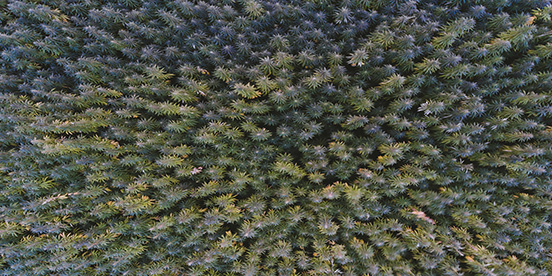
An honest and accurate calculation of your specific needs is the key to consolidating a project that requires maximum efficiency.

Related
Discover more related articles

What does a poor control of the relative humidity in the expenses of your...
Trying to maintain the ideal temperature for your industrial processes will be very difficult, if not impossible, if you don’t consider adequate...
Read more »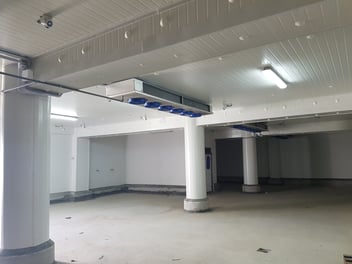
What kind of cooling equipment does your cooling room need?
Cooling spaces are kept below average room temperature, and so there must be, at all times, a driving force to push the heat inflow from the cooling...
Read more »